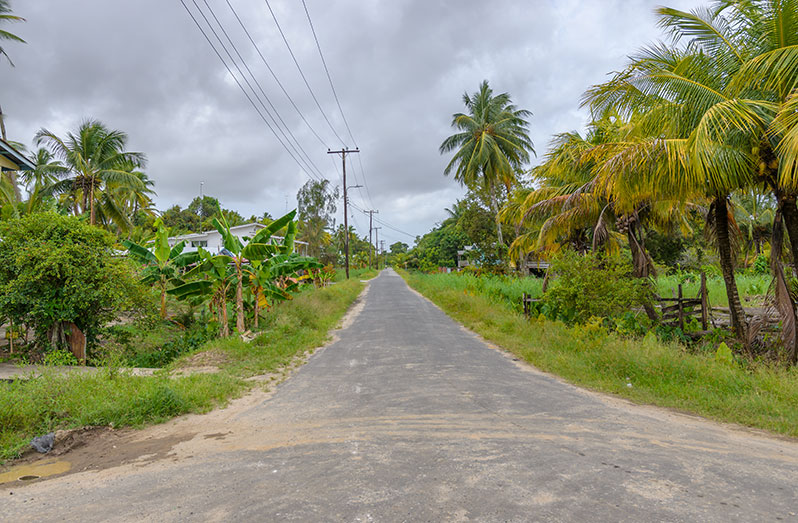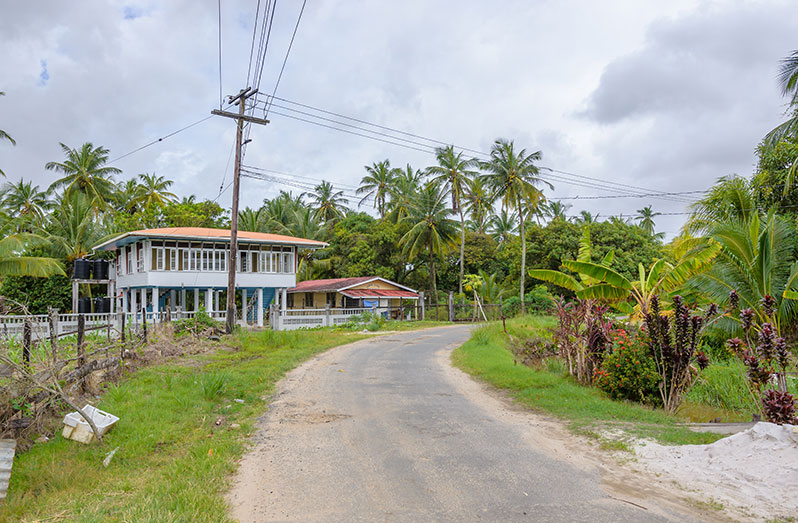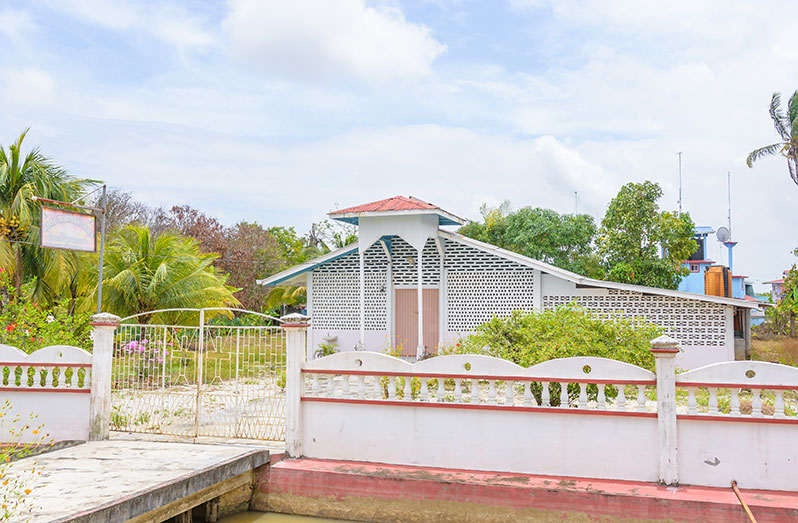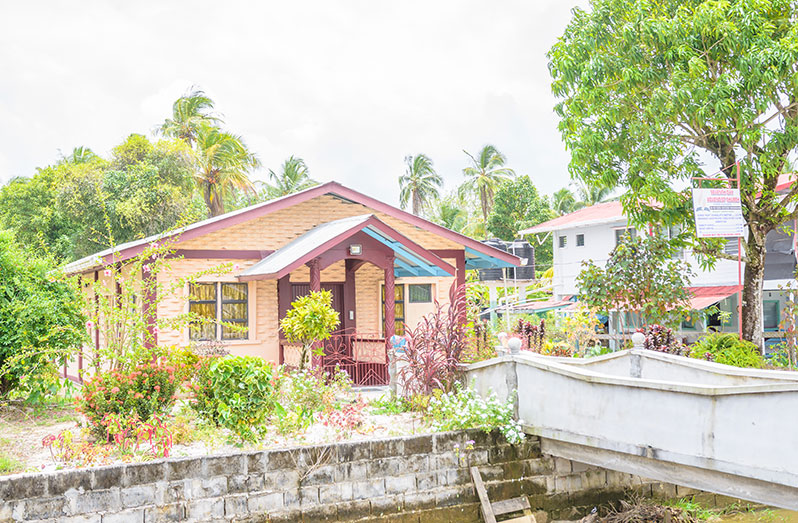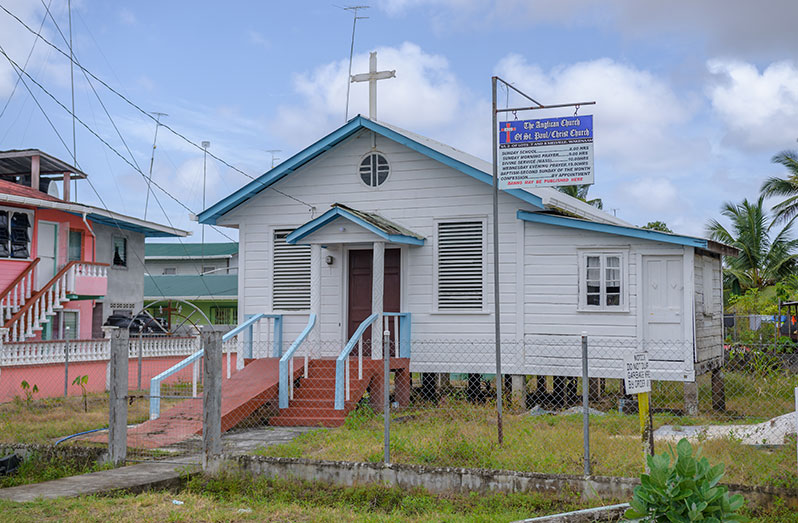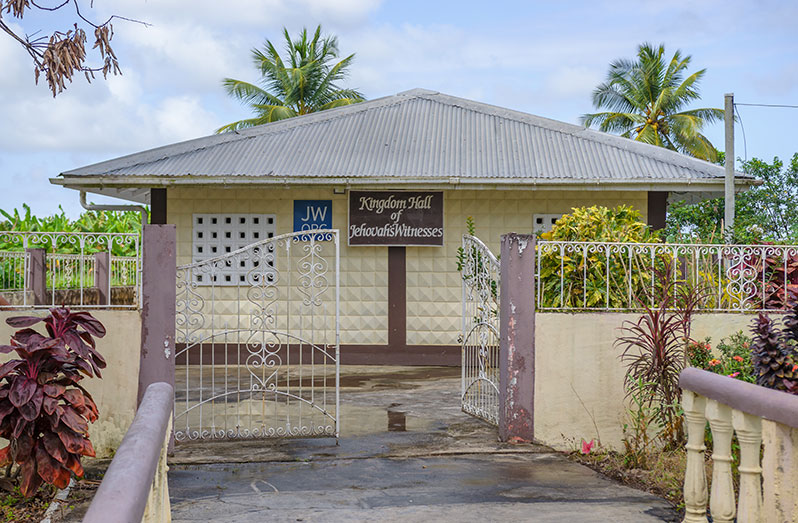– An idyllic place to settle
THIS week, the Pepperpot Magazine journeyed to Wakenaam Island, Essequibo River, Region Three (Essequibo Islands-West Demerara) over land and sea to highlight the way of life of the locals.
The journey started from the city where the team crossed over the Demerara Harbour Bridge (DHB) to West Coast Demerara, to Parika, then boarded a speedboat which took half an hour to get to the island.
Upon reaching the island, the speedboat takes you to the Bridge/Palmyra, through a small channel. There is a small landing to offload passengers on that section of Wakenaam, then to its landing farther away.
Wakenaam Island is a lovely place with huge houses, vast rice, plantain, banana and cash-crop cultivation and good people who extend their warm hospitality to visitors.
Wakenaam Island is one of the 365 islands that are in the Essequibo River, and it is home to plantains, rice, cattle, poultry, cash crops, coconuts and the most hospitable people.
According to the locals, Wakenaam Island is deemed a “paradise” with plantains being ‘gold’ presently due to their price and their vast cultivations. It is said to be the ideal place to enjoy a quiet, hardworking life.
Most of the people have lived all their lives there and do not wish to settle anywhere else because it is simply home, a place where it is very safe, and there is peace, and our national motto of “one people, one nation, one destiny” is truly defined in the way the people live in togetherness.
Wakenaam is one of the largest islands (the others being Leguan and Hogg Island) in the Essequibo Islands group. It was occupied at one time by the Dutch in the 18th century.
The name Wakenaam is Dutch, meaning “waiting for a name” and still contains old Dutch graves at various locations on the island.
Churches on the island
The place boasts a rich agriculture-based lifestyle as it is one of the largest producers of coconuts, plantains, bananas, rice, cash crops, livestock, poultry and cattle.
Over time, the island has benefitted from treated potable water which is more than adequate with the installation of a new well station, reliable 24-hour electricity, private internet services, cellphone services and the main access road that goes all around the island.
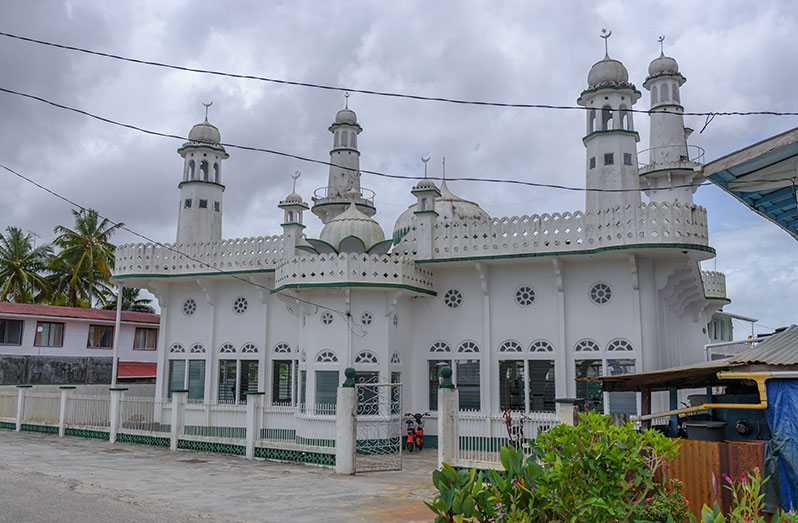
Wakenaam has four primary schools, one secondary school, five nursery schools, seven playgrounds, two community centres, one police station, one post office that is in dire need of rehabilitation, one hospital with a resident doctor and a lab, the Neighbourhood Democratic Council building, several stores and supermarkets selling hardware and groceries and two gas stations.
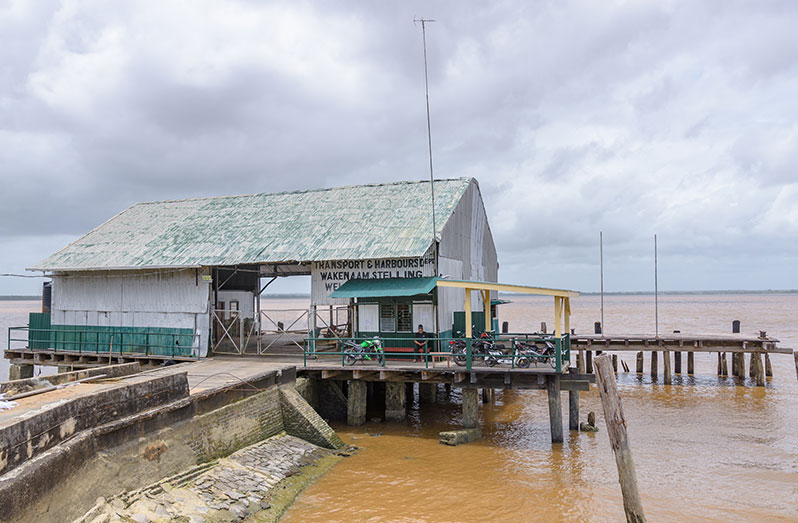
There is also a Rest House for visitors to stay, and on the lower flat of the building, there is the Magistrate’s Court.
The Wakenaam Ferry Stelling sits at the edge of the island, and most of the services are located in Sans Souci village, a central hub of businesses, that is thickly populated.
The population is estimated at about 4,000 with a mixture of people of different ethnicities. At one time the island had a total of 17,000 people, but a lot of people migrated, and others left for other locations to settle.

On the island, there are reminders of the Dutch inhabitants with a koker at Maria Johanna still operating with its original claybrick structure and many silk-cotton trees that are scattered all over Wakenaam.
There are 14 villages on the island and most of them are small, but it takes a while to get around the entire island, which is considerably large.




.png)




